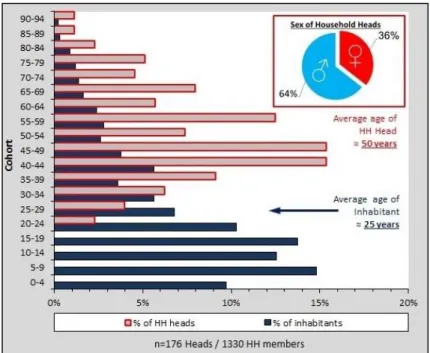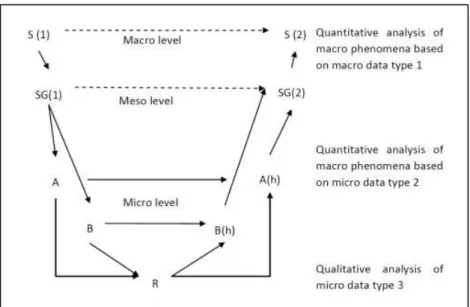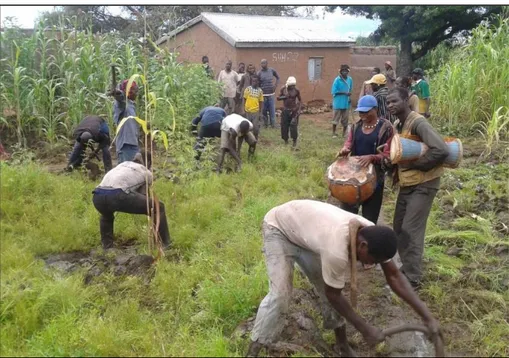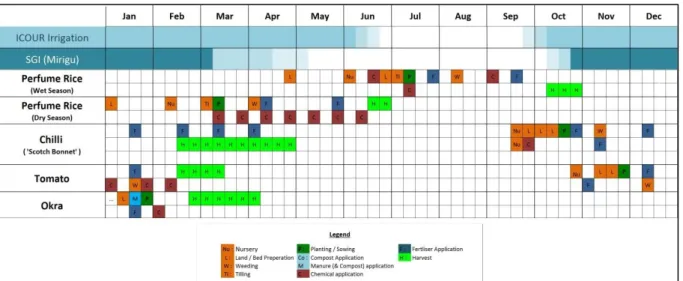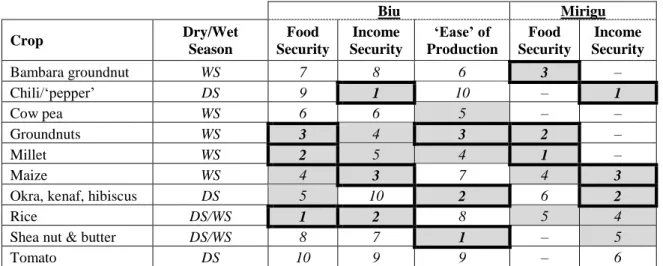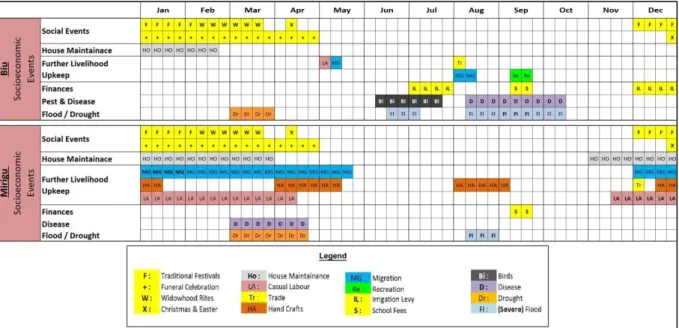Value for the Vulnerable?
Volltext
Abbildung
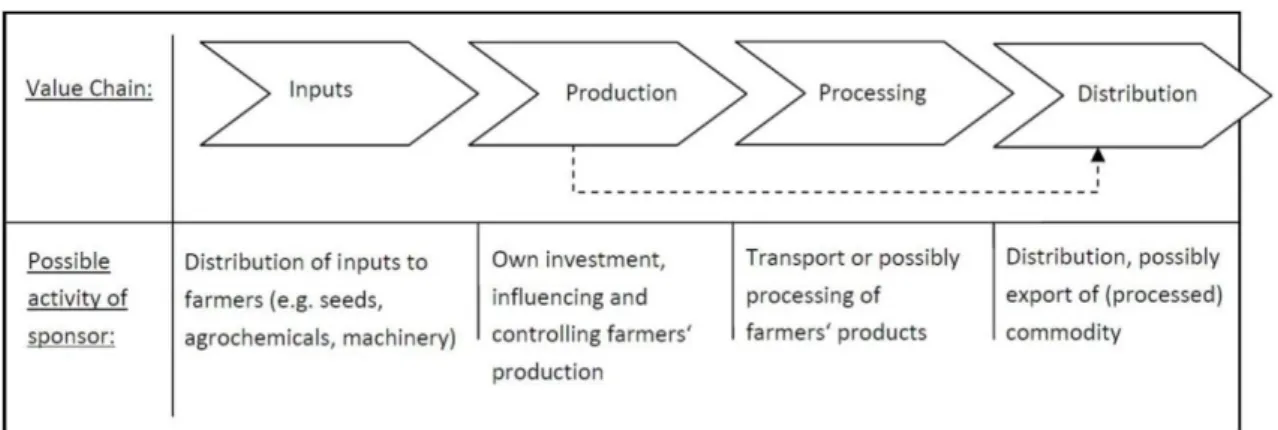

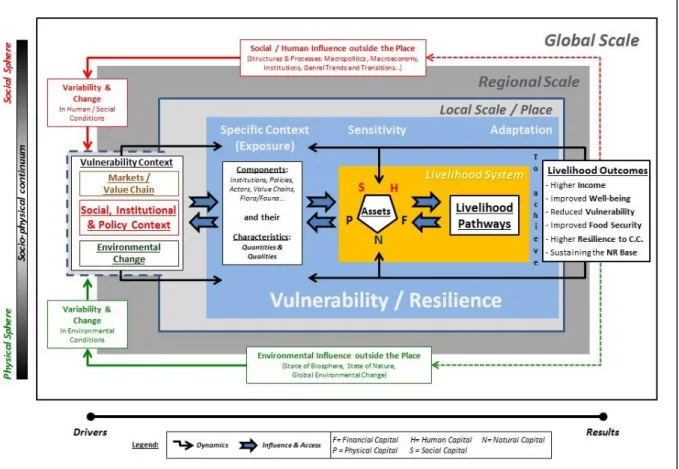
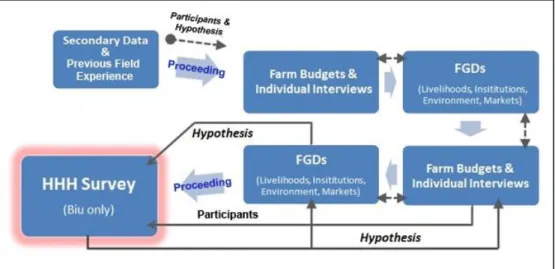
ÄHNLICHE DOKUMENTE
The performance of organizations that handle a problem change is primarily positively affected (that is, cycle time is reduced) by high task awareness and high update rate of
At the same time, qualified in-kind donations of goods, forming part of the assets of a business, will not trigger VAT in the period from 15 July 2021 to 31 October 2021, but
Bishop and Cicchetti (1975) hint that: "By separating the problem the way he [i.e., Schmalensee] does, the uncertainty and trade-offs of the early literature are lost."*
2.1 Combinatorial Complexity Problems of Interoperability between the Players For improved understanding of the dependencies between the various service providers, the examination
(7), when the prey and the predator are asymmetric with respect to their valuations, the type of equilibrium depends both on the effectiveness of their armies and on the ratio of
We take the whole of this body of work as read, in what we present here, for the simple reason that we do not have the time to repeat it. We do not repeat it also because we have
Likewise equation 13 can only hold true in a society which reproduces itself equally perfectly and unchangingly (as Sraffa himself remarks) but with a fully
To summarize, the results from our cross-cultural studies on the value of children and intergenerational relationships give empirical support to the need to further study
